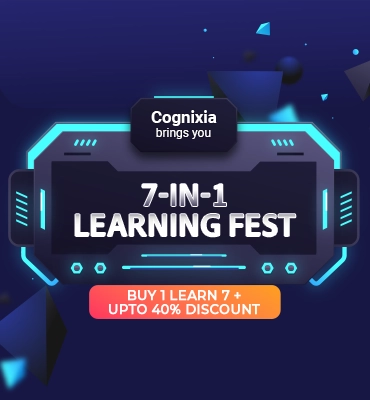
- Overview
- Schedule Classes
- What you'll learn
- Curriculum
- Feature
- FAQs

Overview
Multimodal AI – Working with Texts, Images, and Audios explores the cutting-edge field where artificial intelligence systems process and understand multiple types of data simultaneously. This comprehensive course examines how modern AI models integrate information across different modalities—text, images, and audio—to achieve deeper understanding and generate more coherent outputs than previously possible with single-modal approaches. Participants will gain practical knowledge of the latest multimodal architectures, including vision-language models like CLIP and GPT-4V, audio-language systems like Whisper, and generative models such as DALL-E and Stable Diffusion.
As AI continues to evolve toward more human-like perception and reasoning, multimodal systems represent the frontier of artificial intelligence research and application. This course addresses the growing demand for professionals who can develop AI solutions that seamlessly integrate different types of data—a capability increasingly critical across industries from healthcare and robotics to creative media and customer experience. By mastering multimodal AI techniques, participants will be equipped to build sophisticated applications that can see, hear, understand, and generate content across modalities, opening new possibilities for human-AI interaction and problem-solving that were previously unattainable with traditional approaches.
Cognixia’s Multimodal AI training program is designed for AI practitioners with foundational knowledge in deep learning who want to advance their skills to work with cross-modal data and models. This course will equip participants with the essential theoretical concepts and practical implementation strategies for building, optimizing, and deploying multimodal AI systems that can process and generate content across text, visual, and audio domains.
Schedule Classes
Looking for more sessions of this class?
What you'll learn
- Architecture and implementation of vision-language models for tasks like image captioning and visual question answering
- Techniques for text-to-image generation using state-of-the-art models like DALL-E and Stable Diffusion
- Integration methods for speech and language in applications such as transcription, voice synthesis, and audio analysis
- Multimodal fusion strategies to effectively combine information from different data types
- Fine-tuning approaches to adapt pretrained multimodal models for specific applications
- Deployment workflows for multimodal AI systems on cloud platforms with considerations for performance and scalability
Prerequisites
- Basic knowledge of machine learning and deep learning
- Familiarity with neural networks, CNNs, and transformers
- Experience with Python and AI frameworks (TensorFlow/PyTorch)
- Understanding of Natural Language Processing and computer vision

